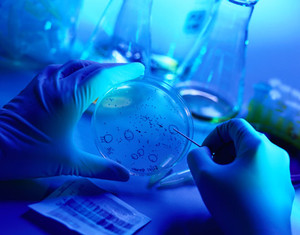How much similarity does a biosimilar monoclonal antibody (mAb) have to show to its reference mAb? The European overarching biosimilar guideline states that a biosimilar needs to be ‘similar, in molecular and biological terms, to the active substance of the reference medicinal product.’ The guideline gives an example to highlight this, stating that an interferon alfa-2b would not be acceptable as a reference product to a biosimilar interferon alfa-2a1. Because interferon alfa-2a and alfa-2b differ in only one amino acid, the guideline thus indicates that the entire amino acid sequence of the two molecules should be identical.
- Home
-
Generics
News
- FDA approves generic teriparatide and levetiracetam
- US generics launch and approval for Dr Reddy’s and Lupin
- Five Chinese companies join UN’s MPP for Covid-19 medicines
- South Korean companies to make generic Bridion and COVID-19 drugs
Research
- Japan’s drug shortage crisis: challenges and policy solutions
- Saudi FDA drug approvals and GMP inspections: trend analysis
- Generic medications in the Lebanese community: understanding and public perception
- Community pharmacists’ understanding of generic and biosimilar drugs: Lebanon case study
-
Biosimilars
News
- FDA approves aflibercept biosimilar Eydenzelt and label expansion for adalimumab biosimilar Yuflyma
- ANVISA approves biosimilars for denosumab, trastuzumab, and aflibercept
- Biosimilars referencing Amgen’s Neulasta and Neupogen launch in Canada and US
- EMA recommends approval for nine biosimilars
- MORE EDITORIAL SECTIONS
- Search








 0
0











Post your comment